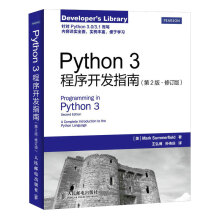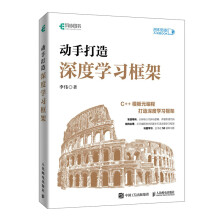Bottière Chênaie Eco-Neighborhood
波提耶尔–申内生态街区
波提耶尔 - 申内生态街区的整治方案被有机地融入了基地的历史与地理环境因素。此 街区与新 建的林荫道结 合,共同建立起了老杜隆街区和波提耶尔街区之间的新连接。城市公园伴随着、也平衡着都市的新密度,其中的植物以当地种类为主,展现出一种在当代久违的自然风光。区内溪 流的重新 开掘,在 这个较小的地域内,增强了邻近地区人们的方向感和中心意识。邻近地区得以以此溪流为基准确定方位。小路沿坡地下降到溪谷中,孩子 们在溪 流中涉水远足,水滨建立起码头,来此地的参观者从新开发的水流中获益良多。
然而,水这种自然因素并不仅仅在公园和戈阿尔斯溪得到呈现,也在密集的城市空间中被 给予了表达,并 被 整 合 进 花园中。这 种公 共空间 的共享,表明居住密集的城市和自然之间是具有相容性的。城区的雨水收集是通过挖掘出来的沟渠进行的。公路两旁的白柳树和芦苇等植物,受到沟中雨水的滋润,为城区增添了生机。
在这块土地上,我们可以看到众多人类智慧的痕迹。在这其中,几个和水井相连的灌溉用储水池构成了、也强化了这块土地的典型特征。除了保存和重新恢复某些水池的功能状态之外,风力能量也被使用在浇灌用水系统中,有助于水池为未来建成的共享花园(家庭式花园)和公园更新用水。雨水为中心广场的浅水池提供水源,此外,在花园的南边,两个新建的池塘不仅演绎了法国园林将水作为审美空间装饰元素的原则,而且为附近地区提供了高质量的水源。
The Bottière Chênaie neighborhood displays its relationship to the territory by its integration into a geological history and its rendition of market gardening. The park strengthens the new link between the neighborhoods, accompanies the new boulevard, following and balancing the new densities of its predominantly indigenous vegetation, and expresses a certain idea of nature. The reopening of the stream enhances the place that finds, in this small geography, a direction and a centrality. The entire neighborhood orients itself towards it. Alleys descend the slopes to the stream, children travel through the fords, passageways span the pontoons where visitors profit from this newly revealed water.
Water and nature, however, are not just found at the park and the stream of the Gohards but are expressed in the dense urban space, and are integrated into the vegetable gardens. This sharing of the public space demonstrates the compatibility between urban density and urban nature. The collection of rainwater coming from the built-up city blocks is done in cultivated ditches. Creating cool areas in the city, this rainwater is essentially expressed through the vegetation of white willows and reeds that occupy half of the new shared thoroughfares.
There are many traces of the systems that have been employed on the site in the past; among them some reservoirs, connected to wells, still remain and contribute to the identity of the place. Besides their conservation, and the restoration of a few of these reservoirs, wind power permits them to renew the supply of water for future shared gardens and the park. This rainwater feeds thewading pond of the central square and, in the southern part of the park, two new ponds transcribe the dictates of the Water Act in an aesthetic space and give the area a high-quality use of water.
……
展开










